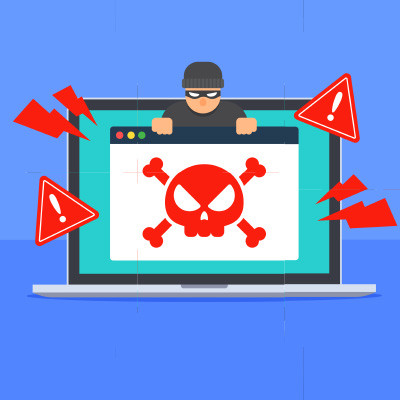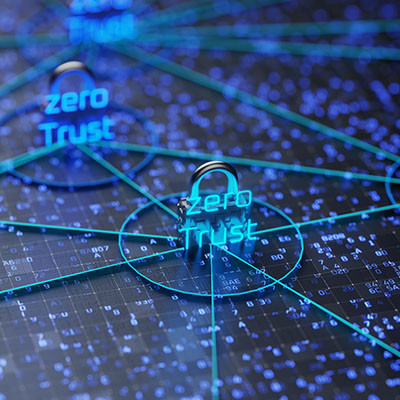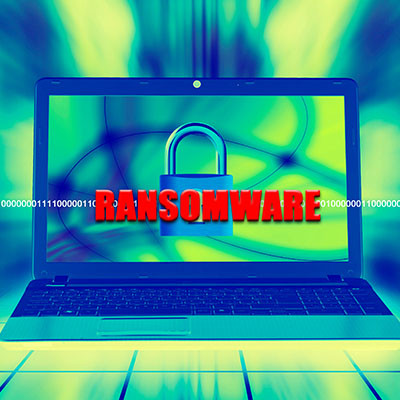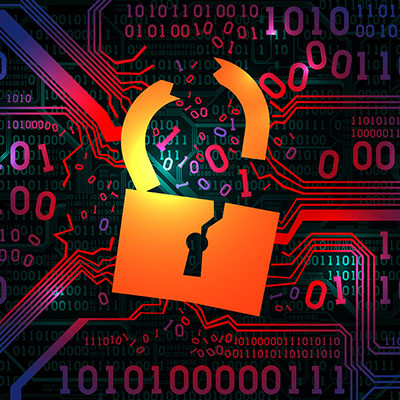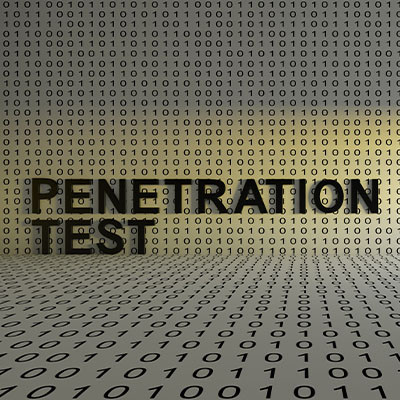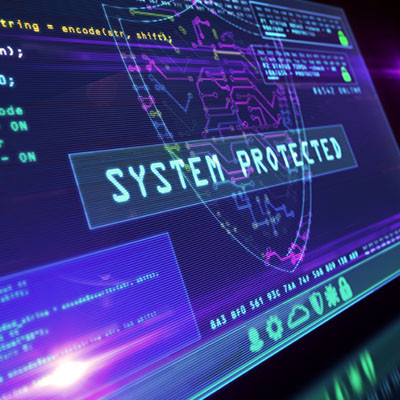BNMC Blog
Smart devices have found their way into most businesses' IT infrastructures, as they offer convenience and efficiency that others do not. However, they also bring with them a certain security risk. These Internet of Things devices do not have the same security features as their business-grade counterparts, making them ideal targets for hacking attacks.
With the advent of streaming media, more people have access to entertainment than ever before. They watch real stories unfold right before their eyes through the lens of a documentary or biopic, offering perspectives that they might not have otherwise gotten had they engaged with the story through a different lens. These dramatized documentaries can be remarkable wellsprings of information, and you might be shocked by how much you can learn just by committing a couple of hours of your day to one.
Ensuring that your computer's software stays up to date is always crucial for security and for the performance of the software. Outdated operating systems, web browsers, or other essential applications can result in malfunctions and expose you to potential threats. It's important to be aware that hackers can disguise malware as critical web browser updates.
The Internet of Things, or IoT, is everywhere. Right now, you probably have a device that is part of the IoT within reach, or on your person. Many businesses use the Internet of Things for various purposes, but behind this use lies significant risks from cyberthreats, and some seem to accept these risks without much concern...as in, the vast majority of businesses utilizing the Internet of Things exhibited a lack of protection, but they were not bothered by it.
Cyberthreats have grown exponentially more powerful and more dangerous over the years, and unless you do something to protect yourself, you can expect your current security measures to slowly succumb to the latest threats. Next-gen firewalls, or NGFWs, are advanced network security devices or software solutions that include both your traditional firewall system with stronger protection and visibility tools to keep tabs on network traffic. NGFWs are a solution that addresses the near-constant evolution of cyberthreats like malware, intrusion attempts, and other types of malicious threats.
Of all the things your business needs to worry about, few of them are as complicated as cybersecurity. You need to ensure that your network is protected from threats outside of your business, but you cannot forget the threats that are within your organization as well. A zero trust approach to security can help you effectively protect your organization from attacks that come from all vectors.
The question of whether or not you are ready to handle the many challenges presented by cybersecurity is not up for debate; if you don’t have dedicated IT resources allocated toward security, you will fail to keep your business safe when it comes to a head. Here are some ways you can keep your business secure, even when part of your infrastructure is remote.
Malware is a common enough issue that it’s pretty well established in the public lexicon, and much more pertinently, the most dangerous malware has seen an increase of 86% year over year. Worse, this kind of malware is largely the variety that takes users by surprise… making it all the more important that your team members are defended against them. To accomplish this, artificial intelligence could be an essential tool.
If there was a specific form of cyberattack that was responsible for a quarter of all data breaches, how seriously would you take it? Hopefully, pretty seriously, as this form of cyberattack exists. Phishing attacks, the infamous means of hacking an end user, remains a considerable threat to this day.
Reflecting on this, it seems prudent to review what phishing is and, crucially, how to avoid it.
Do you remember the good old days when you could go down to the store and purchase antivirus software that you installed off of a CD-ROM? It used to be the case that this would be enough, but if you think that’s going to cut it these days, think again. Businesses have so much more to worry about in the realm of cybersecurity.
Most of us all work on laptops or desktops everyday. It’s pretty easy to assume that cybersecurity generally stops there. You’ve got your secure passwords, your antivirus, and that little icon on the bottom right telling you that you are secure—you should be good to go then, right?
Unfortunately, it’s more complex than that.
How do you know what will happen if you become the target of a hacking attack? How will you respond, and how will your network hold up to the assault? These are questions that you need answers to, and perhaps the best way to get them is through what is called a penetration test, or pen test. What are these tests, and what can you expect from them?
One of the most critical parts of security used to be the password, and while it has fallen out of favor in recent years due to how easily they can be cracked, a good password can still go a long way toward keeping your accounts safe. Let’s go over some of the best practices associated with passwords and how you can use them to your advantage.
Cybersecurity has to be a priority for every business and one of the best ways that you can gain the perspective you need to make the right decisions is to look at the statistics. Today, there is more known about how hackers and scammers try to get around cybersecurity efforts than ever before and it can help you develop a strategy to combat cybercrime.
With cybercrime more prevalent than ever, the importance of keeping your business protected cannot be overstated. In fact, it is so important that there’s a C-suite level role dedicated to it: the Chief Information Security Officer—the CISO. While such a position is fairly common amongst enterprise organizations, smaller businesses might not be able to implement this role in their own hierarchy… at least, not without assistance.
We know that cybersecurity isn’t the most interesting topic in the world, especially for a small business owner, this doesn’t diminish its importance. If you fail to adequately protect your business, even a low-profile SMB can fall victim to a cyber threat. It’s your job as the business owner and thought leader to make sure this doesn’t happen.






